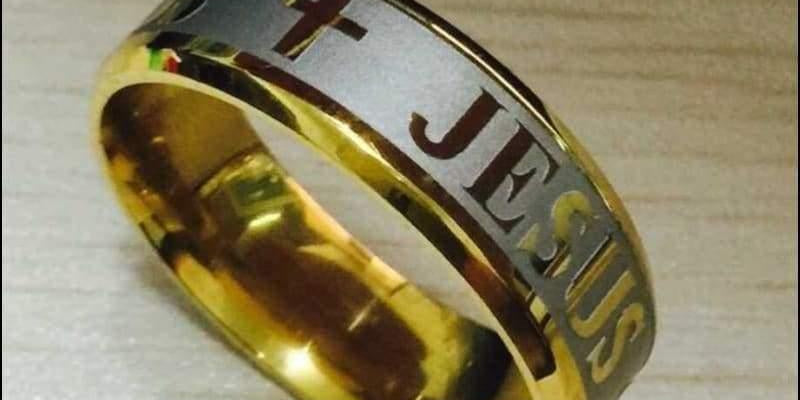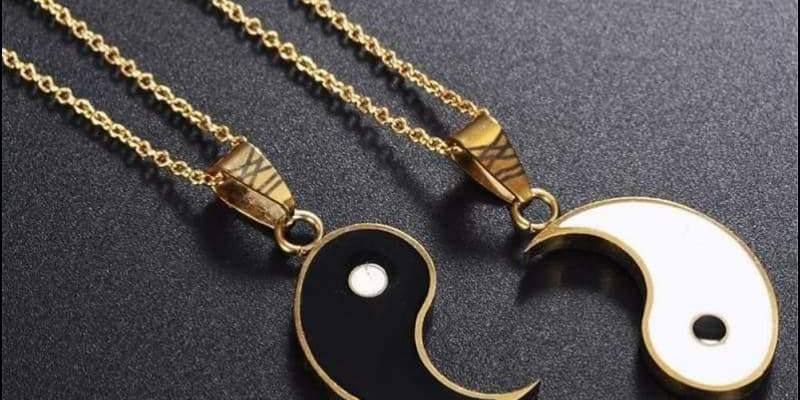Exploring the Symbolism of the Valknut: Facts and Meanings

Have you ever come across the intriguing symbol known as the Valknut and wondered about its significance? Let's delve into the depths of this ancient symbol to uncover its true meanings and origins.
What is the Valknut?
The Valknut, also referred to as the "knot of the slain," is a symbol consisting of three interlocking triangles. This symbol has been found in various archaeological sites across Scandinavia, particularly associated with Norse mythology and the god Odin.
Symbolism and Meanings
One of the most widely accepted interpretations of the Valknut is its association with the afterlife and the god Odin. It is believed to represent the connection between life, death, and the spiritual realm. The three interlocking triangles are thought to symbolize the cycle of birth, life, and death.
Furthermore, the Valknut is often seen as a symbol of protection, courage, and guidance for those who are on a journey, whether physical or spiritual. It is also linked to the concept of fate and destiny, emphasizing the interconnectedness of all things.
Historical Significance
The Valknut has been found on various artifacts, including runestones, amulets, and burial sites, dating back to the Viking Age. Its presence in these contexts suggests that it held great importance in Norse society, possibly as a symbol of honor, bravery, and the warrior spirit.
Modern Interpretations
In modern times, the Valknut continues to be a popular symbol among those interested in Norse mythology and Viking culture. It is often used in tattoos, jewelry, and artwork, serving as a reminder of the ancient wisdom and traditions of the Norse people.
While the exact meanings of the Valknut may vary depending on individual beliefs and interpretations, its enduring presence in popular culture is a testament to its timeless appeal and mysterious allure.
```0 comments













































